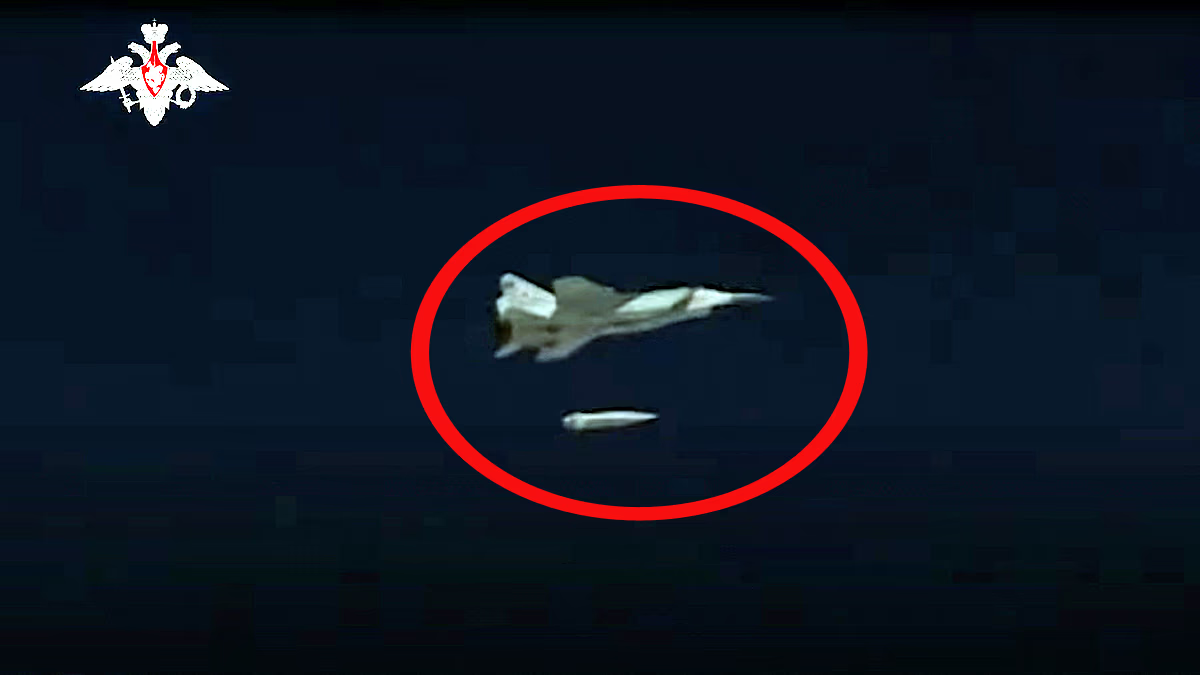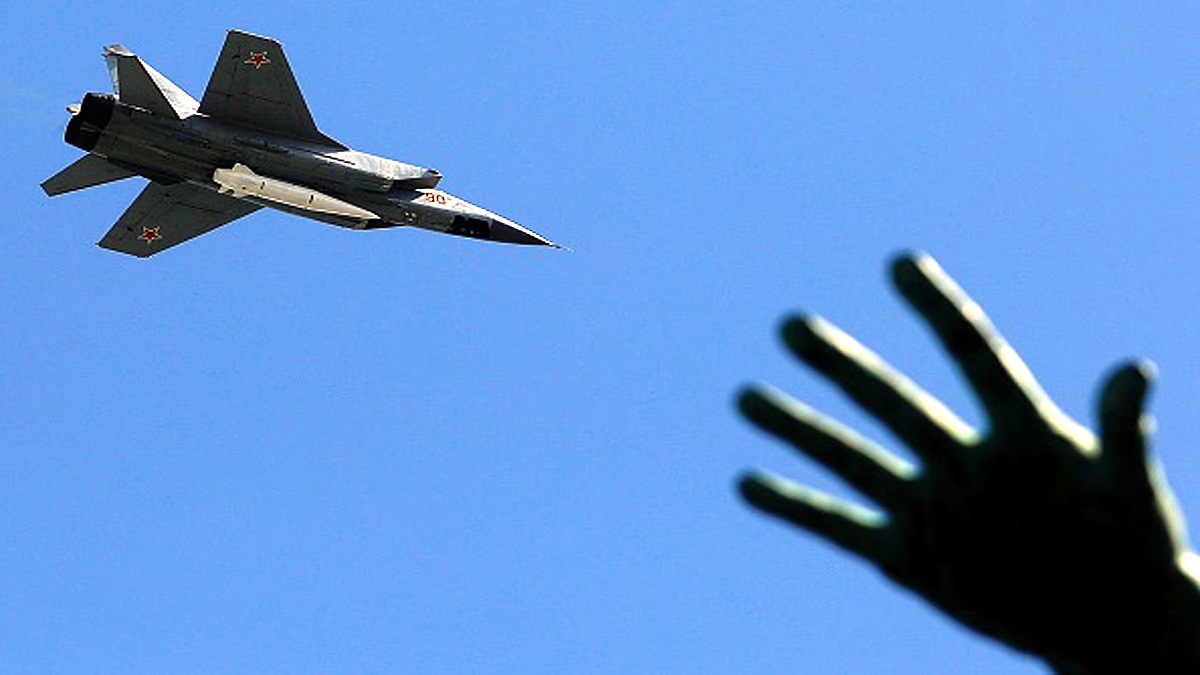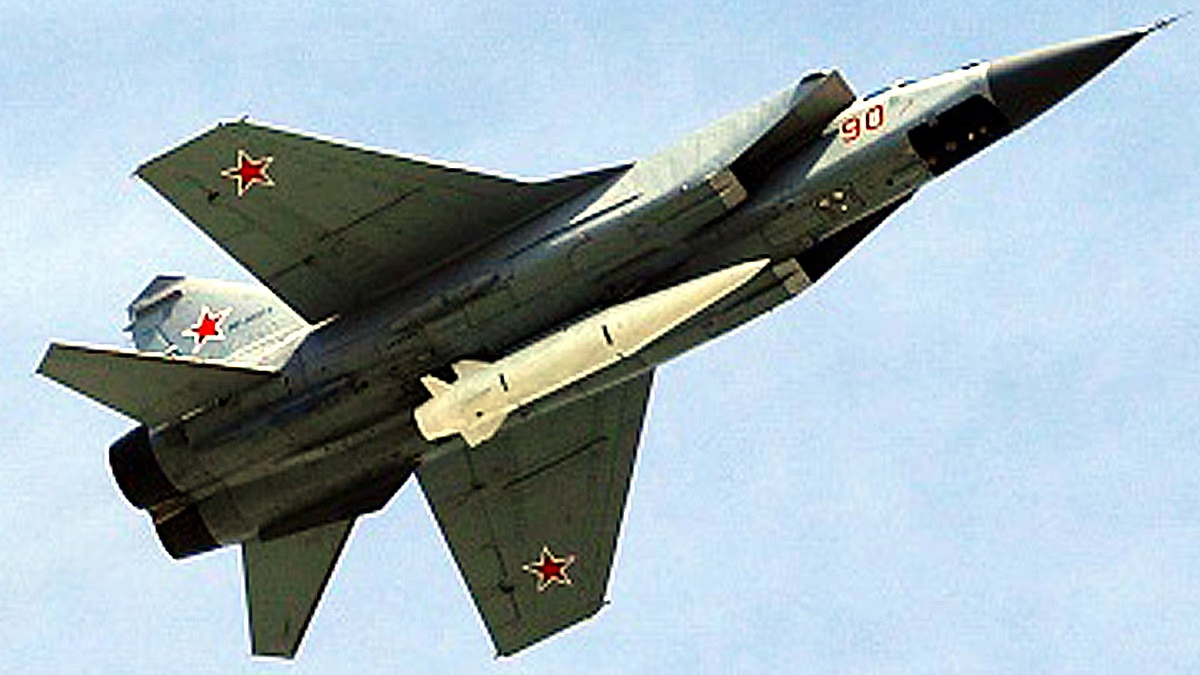Russia's Kinzhal missile has emerged as a formidable weapon in warfare, soaring through the skies at hypersonic speed. It evades detection, showcasing Russia's might in the Ukraine conflict. President Vladimir Putin has lauded it as the ideal weapon, breezing past air defense systems since its deployment in March 2022, breaking enemy morale.
The full name of Kinzhal is Kh-47M2, a Russian air-launched ballistic missile derived from the Iskander-M land-launched missile. Fired from MiG-31 or Tu-22M3 aircraft, its range is 460-480 kilometers, achieving a staggering speed of 12,348 km/hr. Capable of carrying nuclear warheads, it predominantly serves in conventional attacks.
Read Also: The potent assault on Kyiv echoes Israel's strategy on Iran

Source: aajtak
A part of the hypersonic category due to its speed exceeding Mach 5, some experts debate its classification as a ballistic missile, lacking a maneuvers of a hypersonic glide vehicle. Nonetheless, its velocity presents a substantial challenge for adversaries.
Kinzhal's most compelling characteristic is its hypersonic velocity, rendering it nearly invisible to radar detection. While conventional missiles lag, Kinzhal maneuvers through aerial routes, baffling air defense systems. Putin acknowledged its capacity to penetrate air defenses unscathed. Though Ukraine's Patriot systems intercepted some, most Kinzhal strikes remain successful.
See Also: 'Infinite Weapon' poised on China-Pakistan border, a tender worth 30,000 Crore for Air Defense Missile System
Designed for air-to-ground assaults, its versatile warhead can target command centers, airbases, or moving targets like ships. In Ukraine, Kinzhal targets weapon depots, runways, and training sites, obliterating entire regions with its strikes.

Source: aajtak
First deployed in March 2022, Kinzhal’s continued use in hundreds of missiles launched into Ukraine, including recent assaults on Kyiv. Russia asserts these actions counter Ukraine's aggressiveness, though for Ukraine, it's a morale-crushing weapon.
Each strike instills fear, given the difficulties in interception. Analysts suggest Kinzhal's reputation showcases Russian strength, although Ukraine has successfully thwarted many. Still, the relentless attacks strain Ukraine's military and civilian morale.
See also: India launches Agni-Prime Missile from moving train, a first of its kind success with a 2000 KM range
Labeled as invincible, Kinzhal, though intercepted by Ukraine's Patriots, proves challenging due to its speed and range. The U.S. and NATO view it as part of the hypersonic arms race. Russia touts it as a reflection of its military prowess.
Missiles like Kinzhal escalate warfare's dangers. Ukrainians fight with valor, yet Russia’s firepower exerts pressure. The world must take strides toward peace. It's a marvel of technology but inflicts human suffering.




